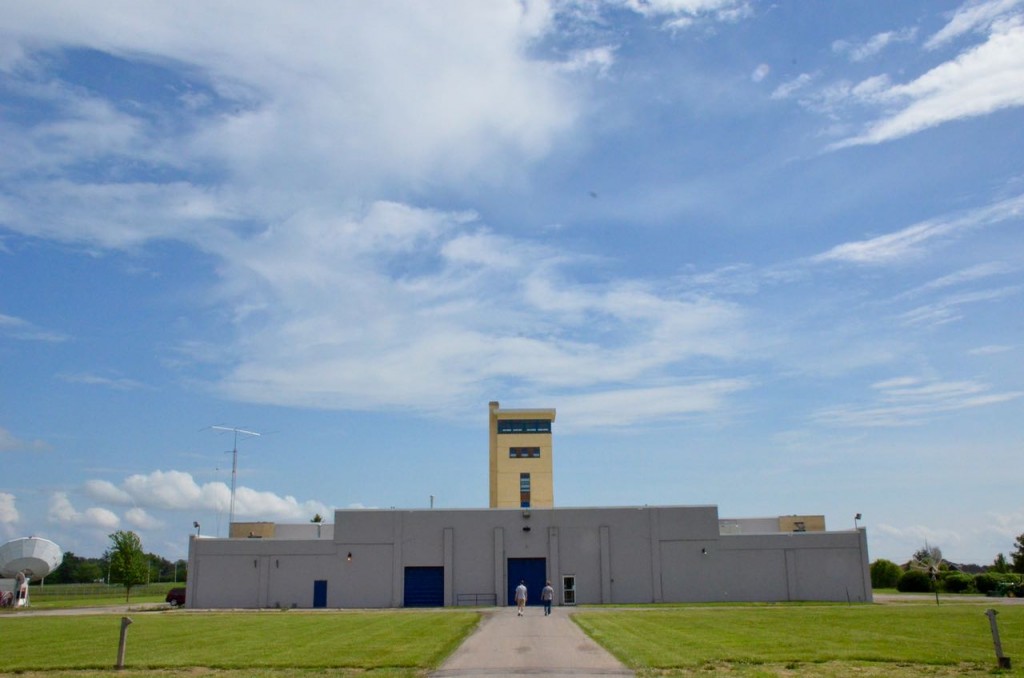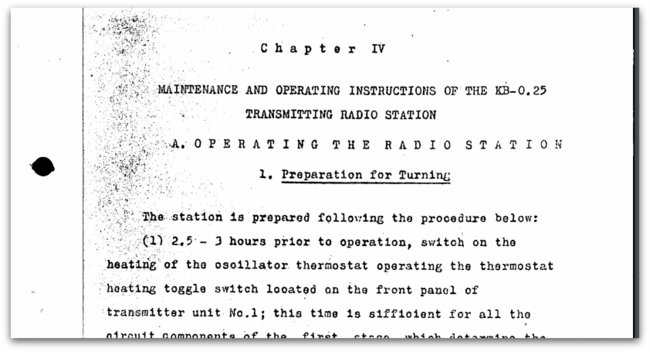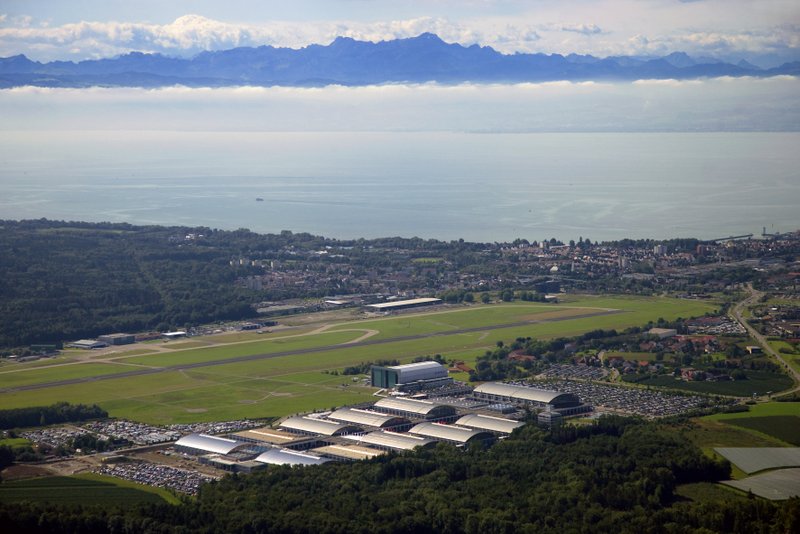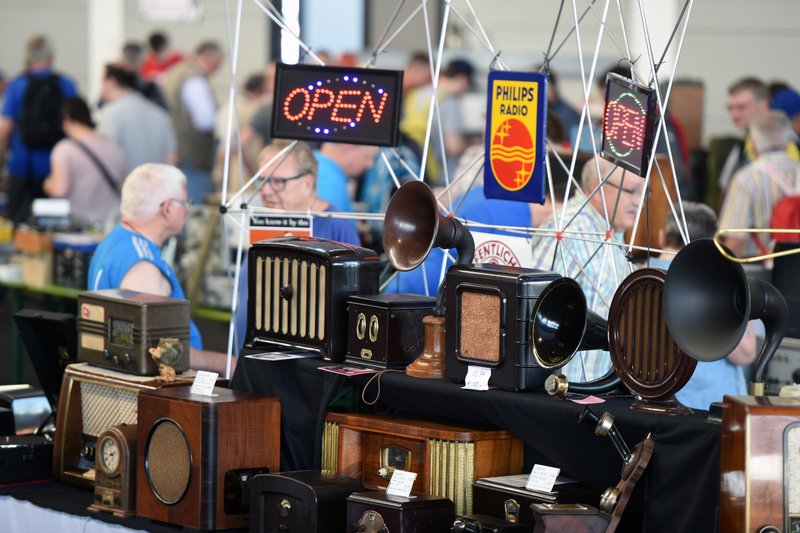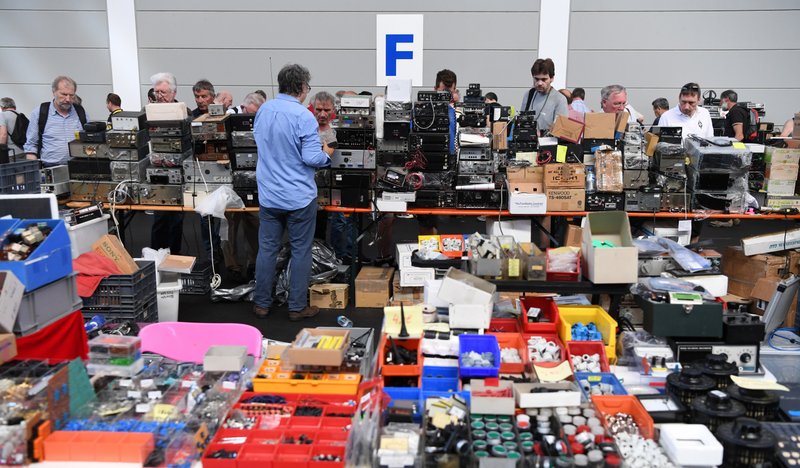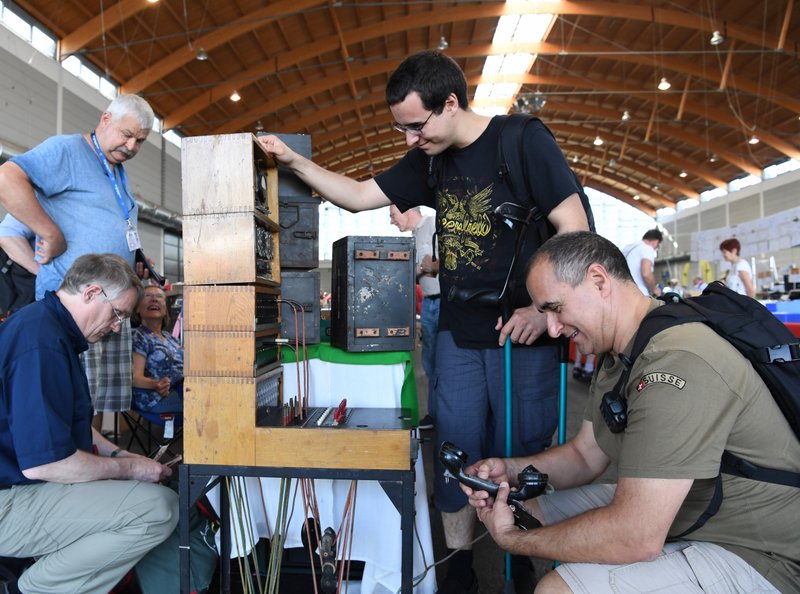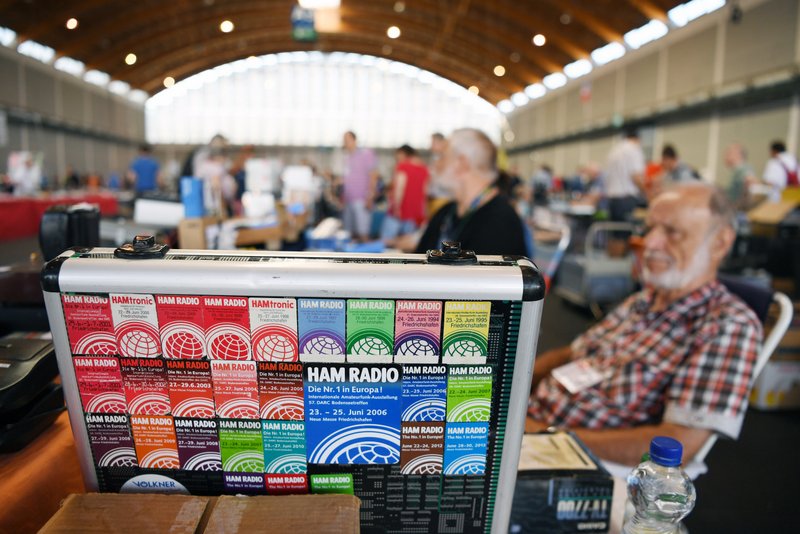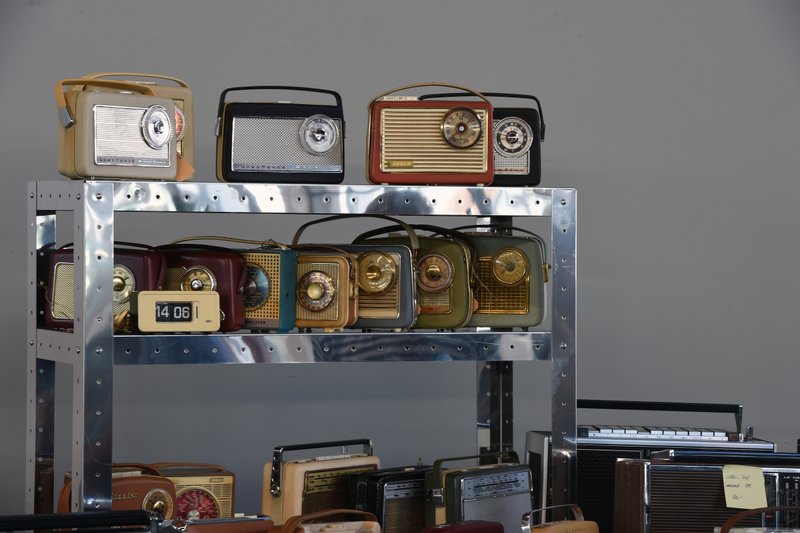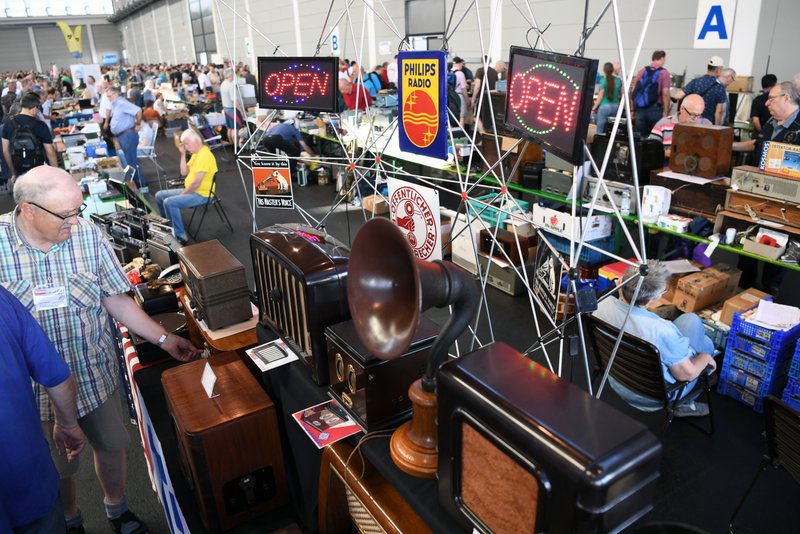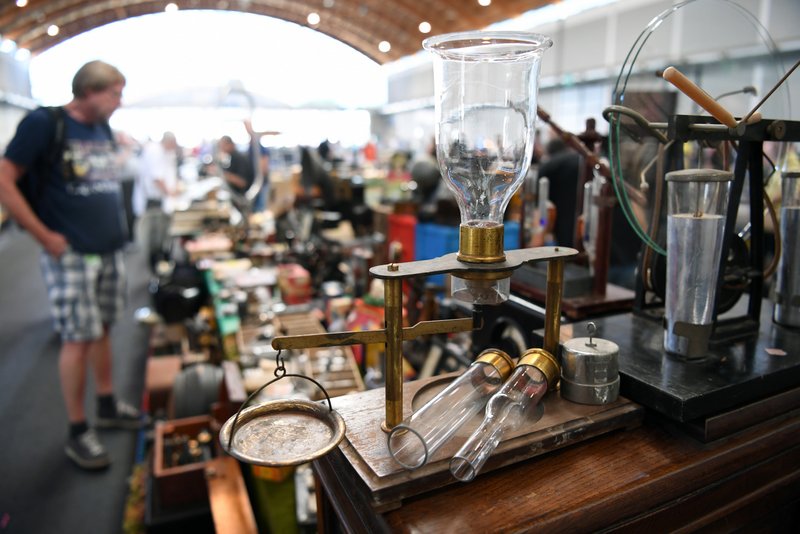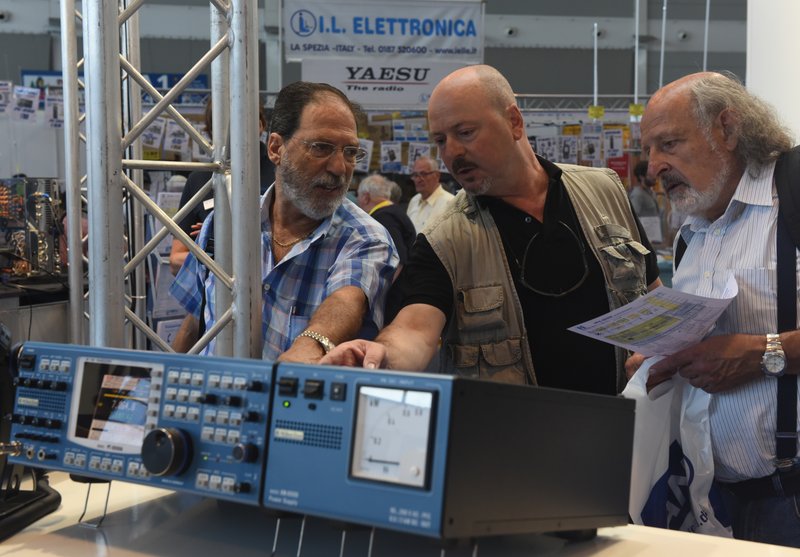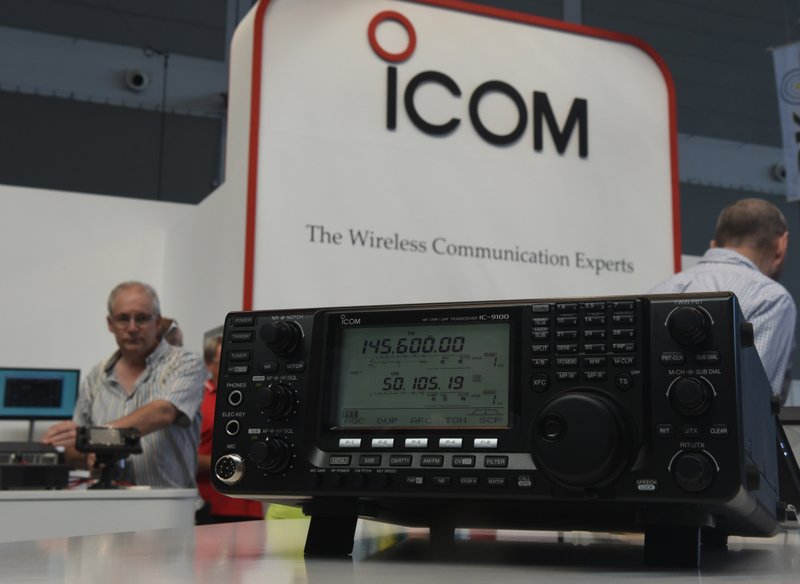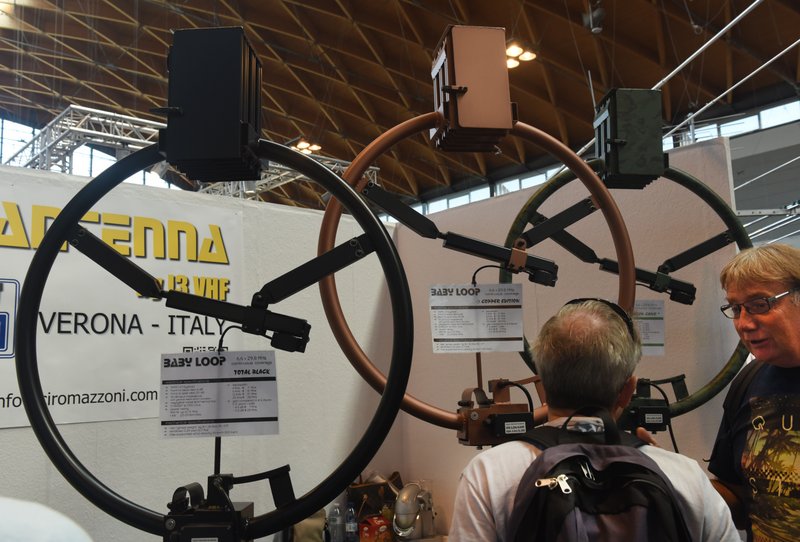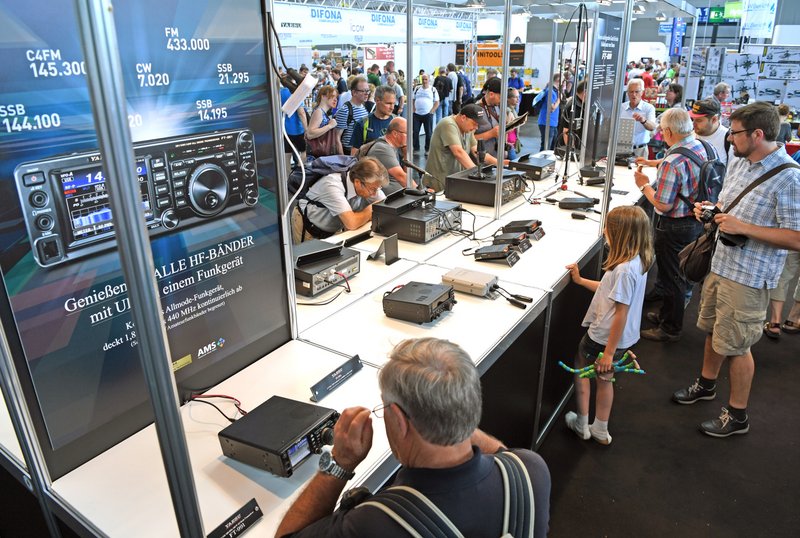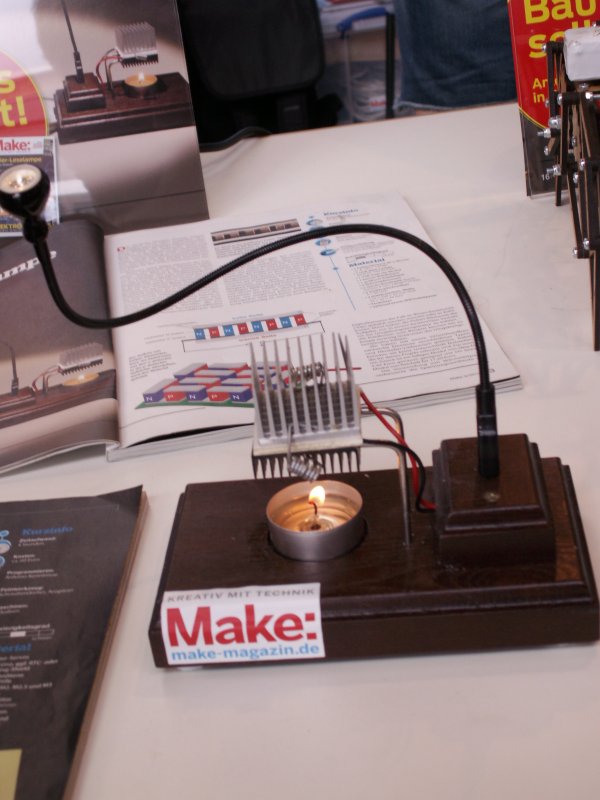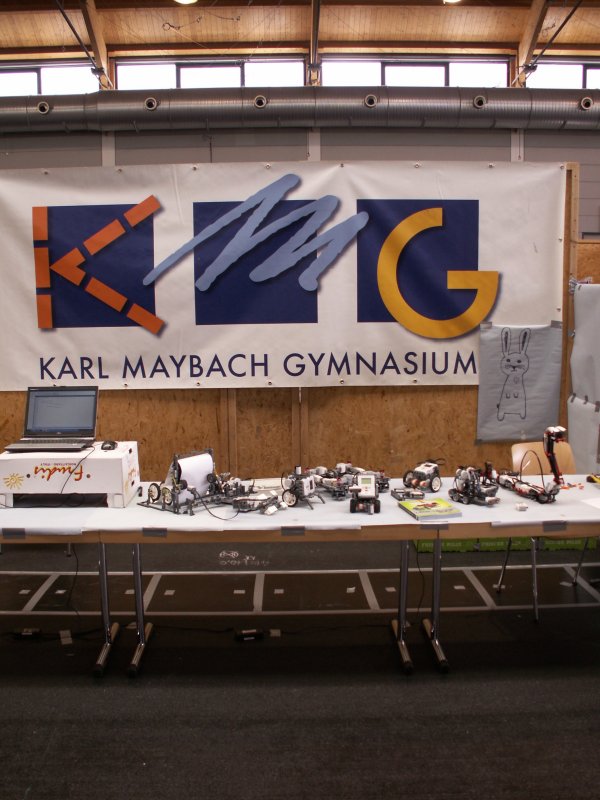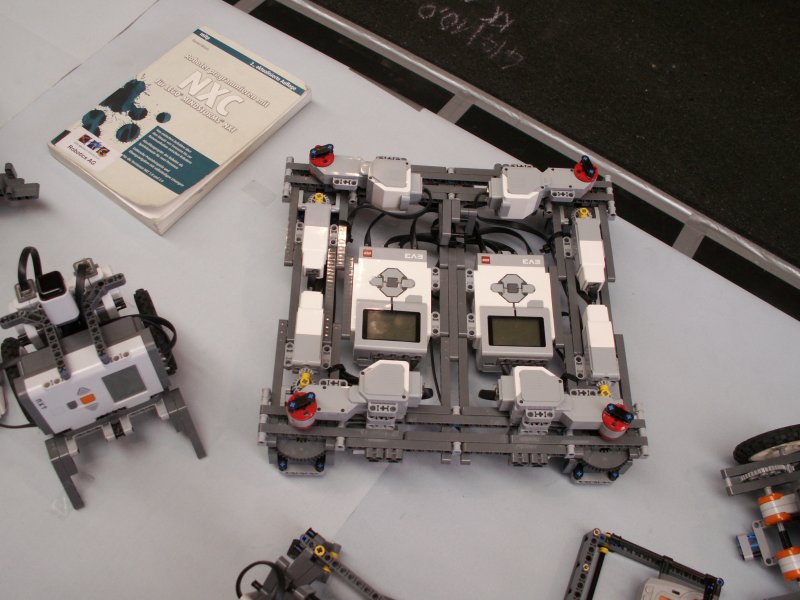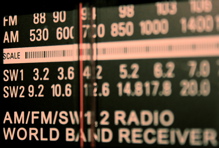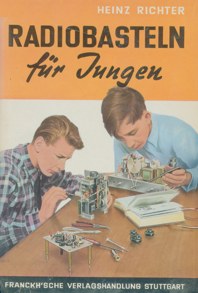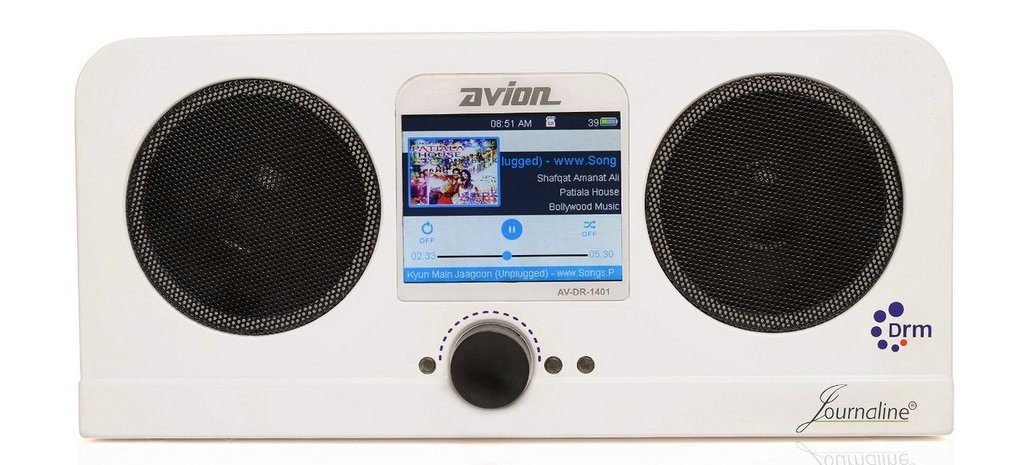
Many thanks to SWLing Post contributor, Alexander (DL4NO), for the following review of the new Avion DRM receiver:
A review of the Avion DRM receiver
by Alexander von Obert (DL4NO)
The Avion AV-DR-1401 DRM receiver has appeared on the SWLing Post before in a previous review.
Amazon India does not sell the Avion outside of India. As it happens, I found someone who was willing to buy it for me and bring it with him from India to Germany.
The first impressions were quite disappointing. This feels more like a prototype, not a polished product:
- The power supply produces lots of interference and runs quite hot. Unless I find another power supply, I can either charge the battery or listen to the radio.
- The handle rattles. Such things often are symptoms for the whole product.
- The firmware fails in many ways: update errors of the display, very confusing user interface.
- No acceptable field strength indicator, especially in DRM until a signal is decoded. If you have a selective antenna you need to switch to AM to tune it. And then you tune it by ear or by numbers. No bar of any kind.

Radio Romania
Radio Romania produced very good signals this evening in southern Germany on 41m. But with the built-in antenna, DRM reception was impossible even in my shack directly under the roof. A Degen 31MS selective active antenna indoors enabled sketchy reception of Radio Romania and All India Radio on 41m. Reasonable reception was only possible with my external antenna.
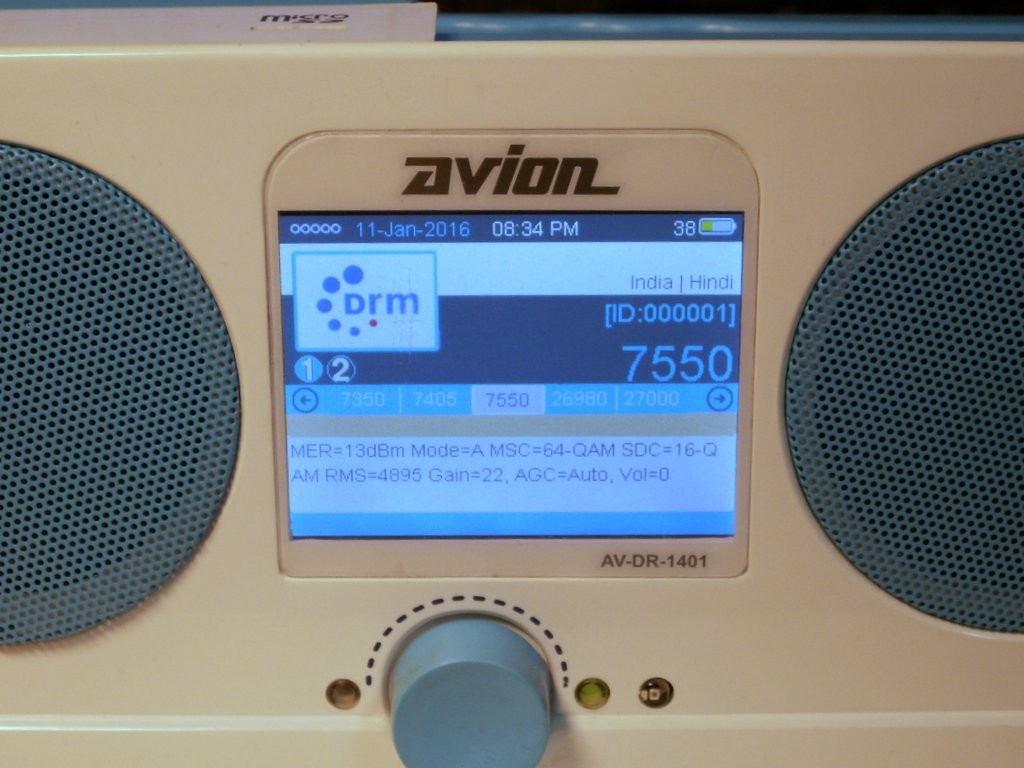
All India Radio
Just imagine why I took the trouble to get the receiver! It is a far cry from what I really wanted: a modern replacement of my trusty Sony ICF7600D from the 1980s. I had to retire it for mechanical reasons after it travelled with me for 20 years.
In India, they might not have the industrial infrastructure they have in China or Japan, but an intensive firmware update is urgently needed. Software is something they are good at in India. Many problems could be solved that way:
- The volume knob has no stop and must be pressed for a few seconds to turn the radio on or off. A short press could be used to switch it between volume and tuning.
- A reasonable field strength indicator should be introduced.
- The remote control does not work reliably.
- With the “mode” switch I can select AM, FM, or DRM. But I have not found anything that the “band” switch could be doing.
- The “scan” switch works on FM and puts all transmitters found into the favorites. But neither is that the function I would expect it to do nor does it work on other bands.
From my preliminary tests I fear the unit has massive large-signal problems. For example, I heard distorted signals of Radio Romania on bands where they were not transmitting at all. I use an active antenna but this is the same I use for the DX Patrol or SDRplay RSP, therefore I know that my antenna is not to blame. I also see this as an indicator about the DRM signal of Radio Romania.
I could not help but open the Avion receiver: [the internal antenna worked so poorly, I wanted to investigate].
I must say that the rattling handle was an accurate indicator of production quality.
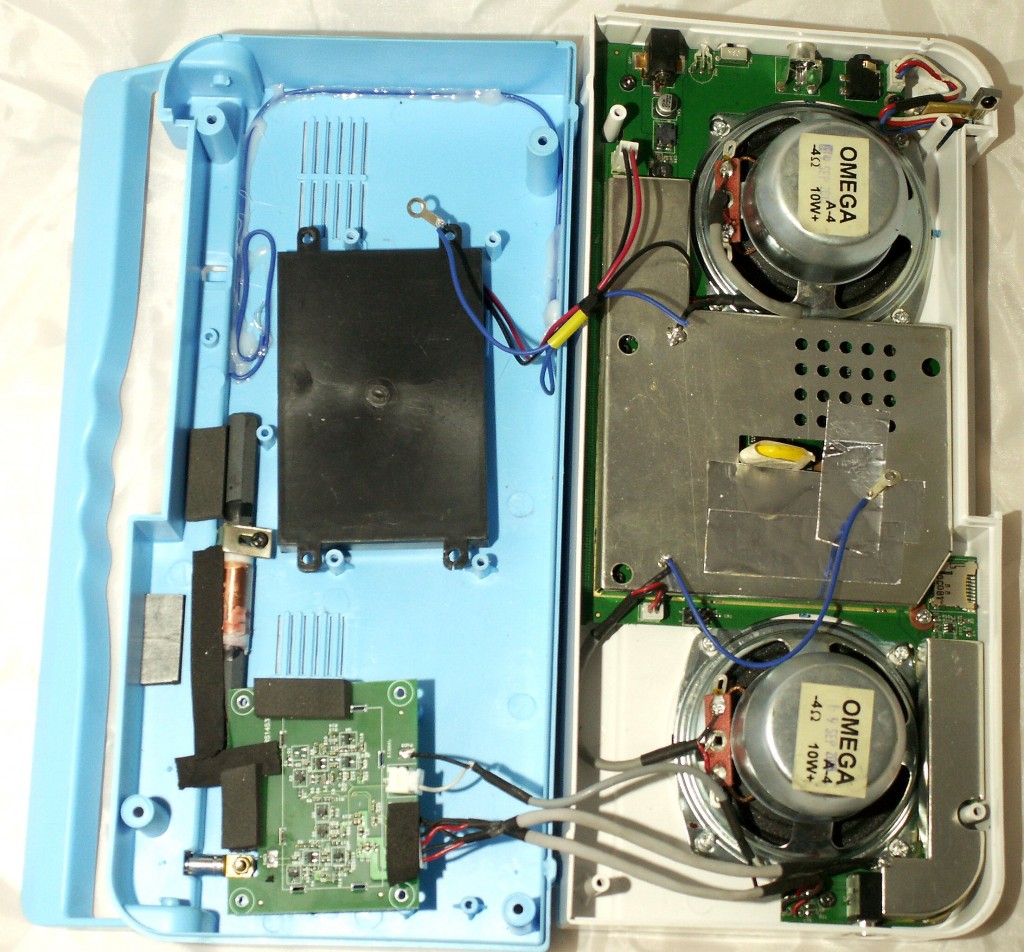
Inside the Avion
See “Inside the Avion” image above (click to enlarge). The back side on the left was originally covered by an aluminum shield. I had to remove it as the wires are quite short–one cannot put the two parts flat on the bench otherwise. You see that they tried to improve the shielding on the right.
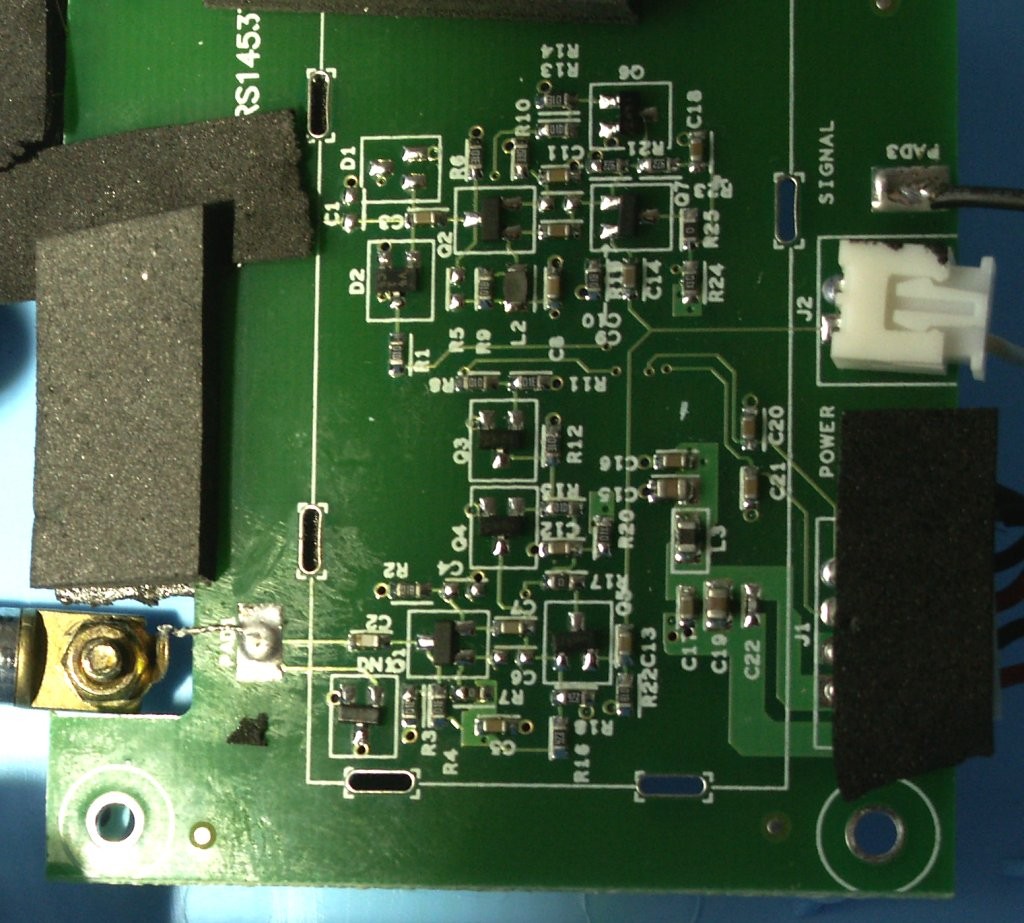
Avion internal antenna preamp
See “Avion internal antenna preamp” above (click to enlarge). The circuit board at the lower left corner of the first picture is the preamp for the internal antennas. In the lower left corner is the telescopic antenna connection. The wire here was extremely short–either it broke before and made contact by chance or I broke it when I dismounted the circuit board. At least I did not force it (still a bad manufacturing practice).
If you examine the circuitry, you see very bad practices: C2 directly connects the antenna to the base of Q2. It must be a bipolar transistor considering R3/R4. At least there is DN1 which seems to be protection diodes. On the whole board I can find no inductivities at all. There is absolutely no band limiting.
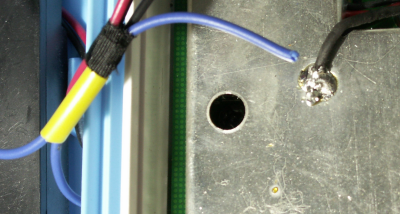
Avion broken shilding wire
See “Avion broken shielding wire” above. The shielding wire had broken from the soldering. That was definitely not my fault. At the yellow isolation, a second wire is connected. That is the wire routed around the backside without any connection. This doesn’t make sense to me.
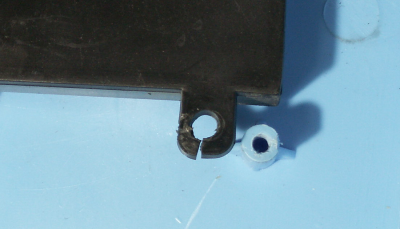
Avion crushed battery holder
See “Avion crushed battery holder” above. The battery holder is fixed together with the aluminum shielding. The worker crushed the lug of the battery holder while mounting the shield. A few other threads were torn, too. A typical case of too much strength.
Avion seems to know about the inherent RFI problems of this receiver, but could not solve them. No wonder I have to use an external antenna.
Perhaps I will replace the antenna preamp with something reasonable.
Otherwise this radio will gather dust here.
Thank you for your report, Alexander–I’m sorry to hear about your experiences with the Avion, especially after the trouble you went to obtaining it.
So far, I’ve heard no truly positive reviews of the Avion AV-DR-1410. Sadly, it sounds like a radio to avoid.

